Open House at Custom House and "Friendship of Salem" Postponed
Due to predicted bad weather, the open house at Custom House and "Friendship of Salem" originally scheduled for September 24 from 5 -7 PM has been postponed. We will reschedule the open house for later in the fall. We apologize for any inconvenience. Looking to visit the Custom House and "Friendship of Salem"? Through the end of October the Custom House is open Wednesday-Sunday, 9:30 AM - 4:30 PM, and "Friendship of Salem" is open Wednesday-Sunday, 1:30 - 4:30 PM.
| Title | Salem Maritime |
| Park Code | sama |
| Description | Originally established in 1938 as the first National Historic Site in the United States, Salem Maritime National Historical Park consists of nine acres of land and twelve historic structures along the Salem waterfront, as well as a downtown visit... |
| Location | |
| Contact | |
| Activities |
|
| Entrance fees |
|
| Campgrounds | Count: 0
|
| Places | Count: 15
Colonial Revival GardenThe 18th century garden at Salem Maritime National Historic Site was designed in 1990 by Suzanne Gentiluomo, a horticultural expert specializing in historic gardens. With fellow volunteer Joel Ohringer, she created a formal garden typical of those favored by wealthy eighteenth century merchants. 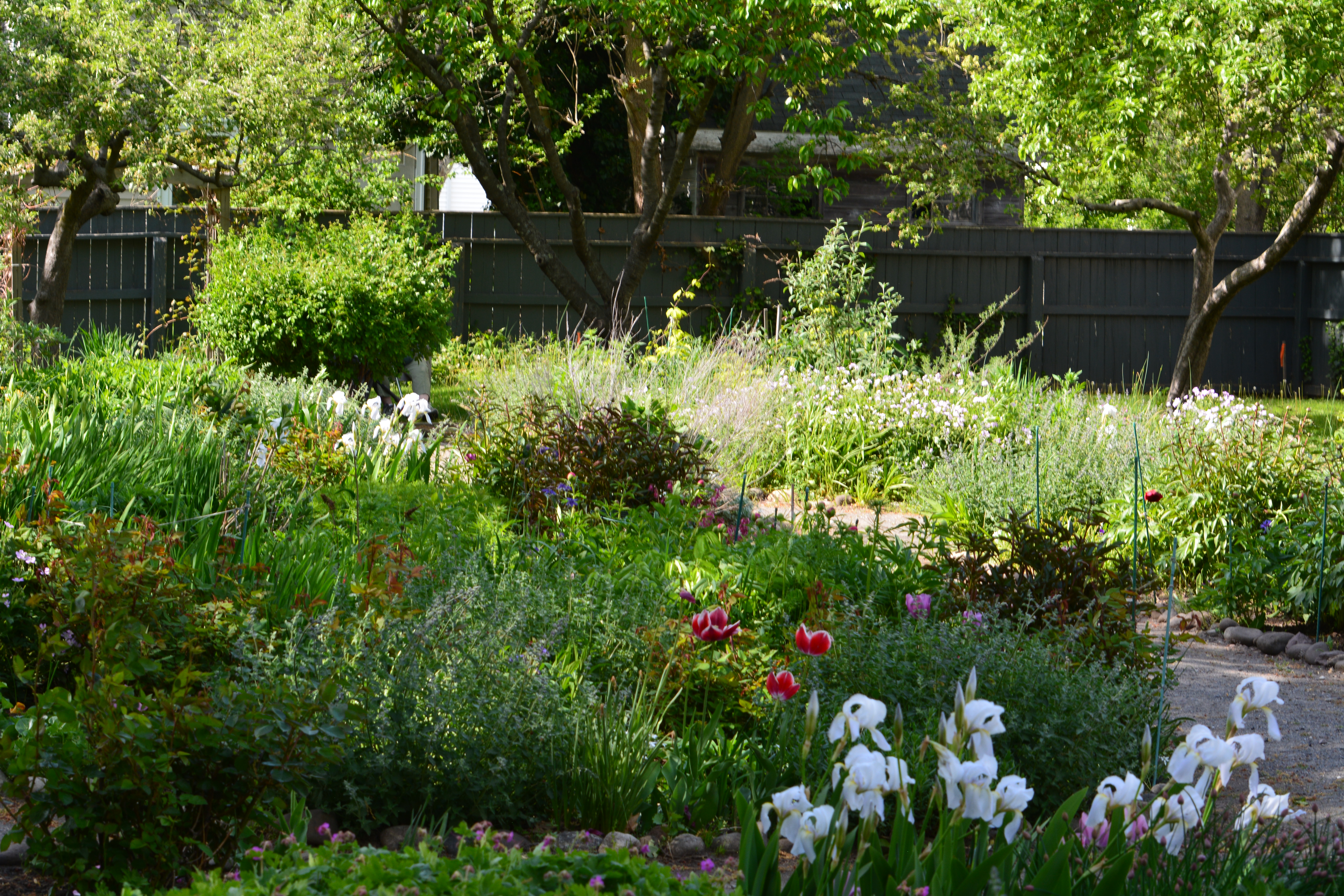
Custom HouseSince 1649, there has been a Custom House in Salem, Massachusetts collecting taxes on imported cargos first for the British Government during the Colonial period, then for the American Government after the establishment of the U. S. Customs Service in 1789. 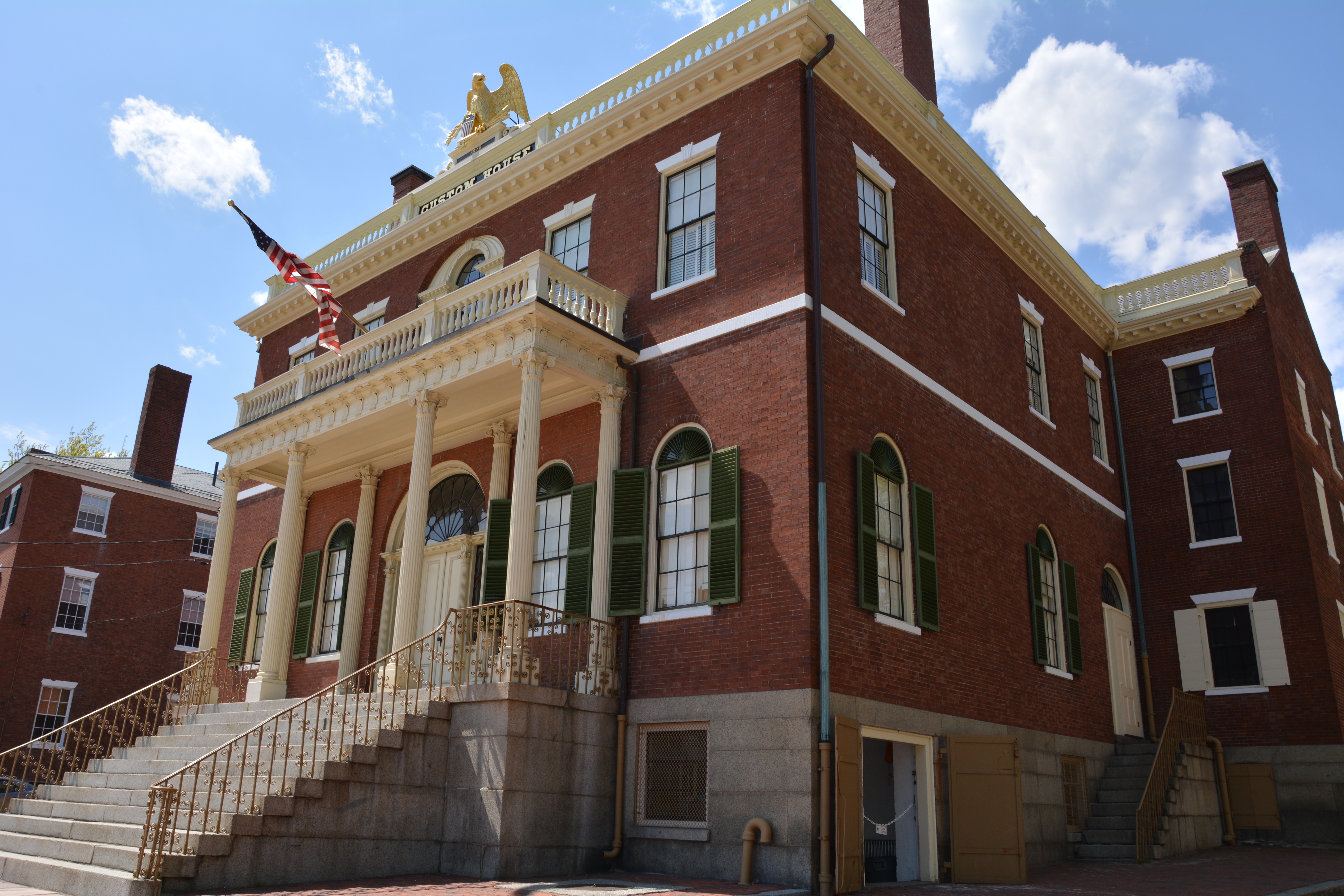
Derby HouseBuilt in 1762 as a wedding present, this was the home of Elias Hasket Derby (1739-99) and Elizabeth Crowninshield Derby (1727-99) for the first 20 years of their marriage. They lived here with their seven children and enslaved at least two people of African descent. The Derby family became one of Salem’s wealthiest merchants, their wealth was tied to their trade in goods produced by slave plantations in the Caribbean Islands. 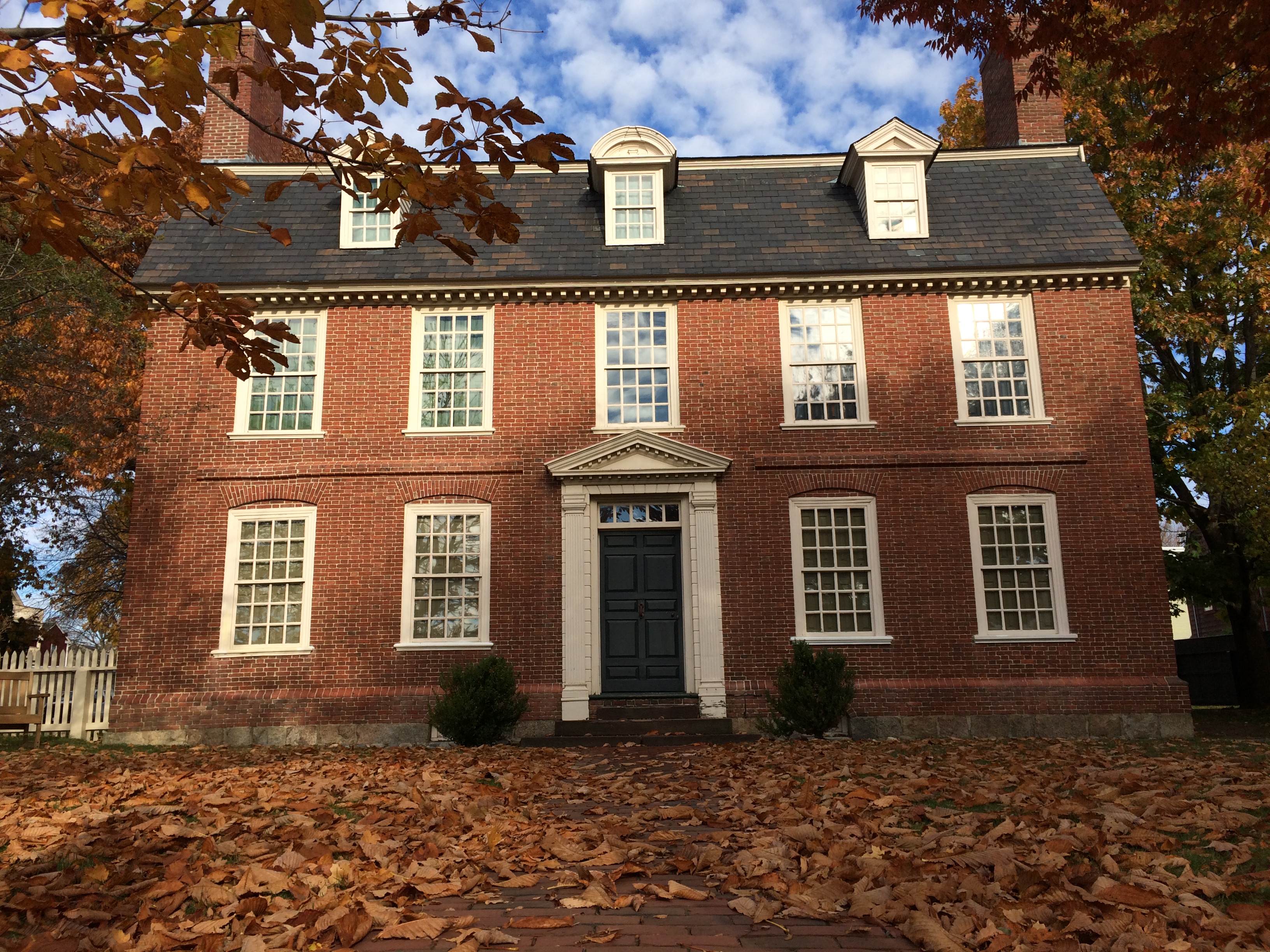
Derby Light StationOne of four lighthouses used to navigate Salem Sound, the Derby Wharf Light Station is the wharf's only original surviving structure. It has aided navigation in Salem Harbor since it was first lit in 1871. Originally, the Derby Light had a fixed red light fueled by oil. In the early 1900s, it was replaced by an acetylene powered flashing red signal. Today, the 300-candlepower light is solar-driven. 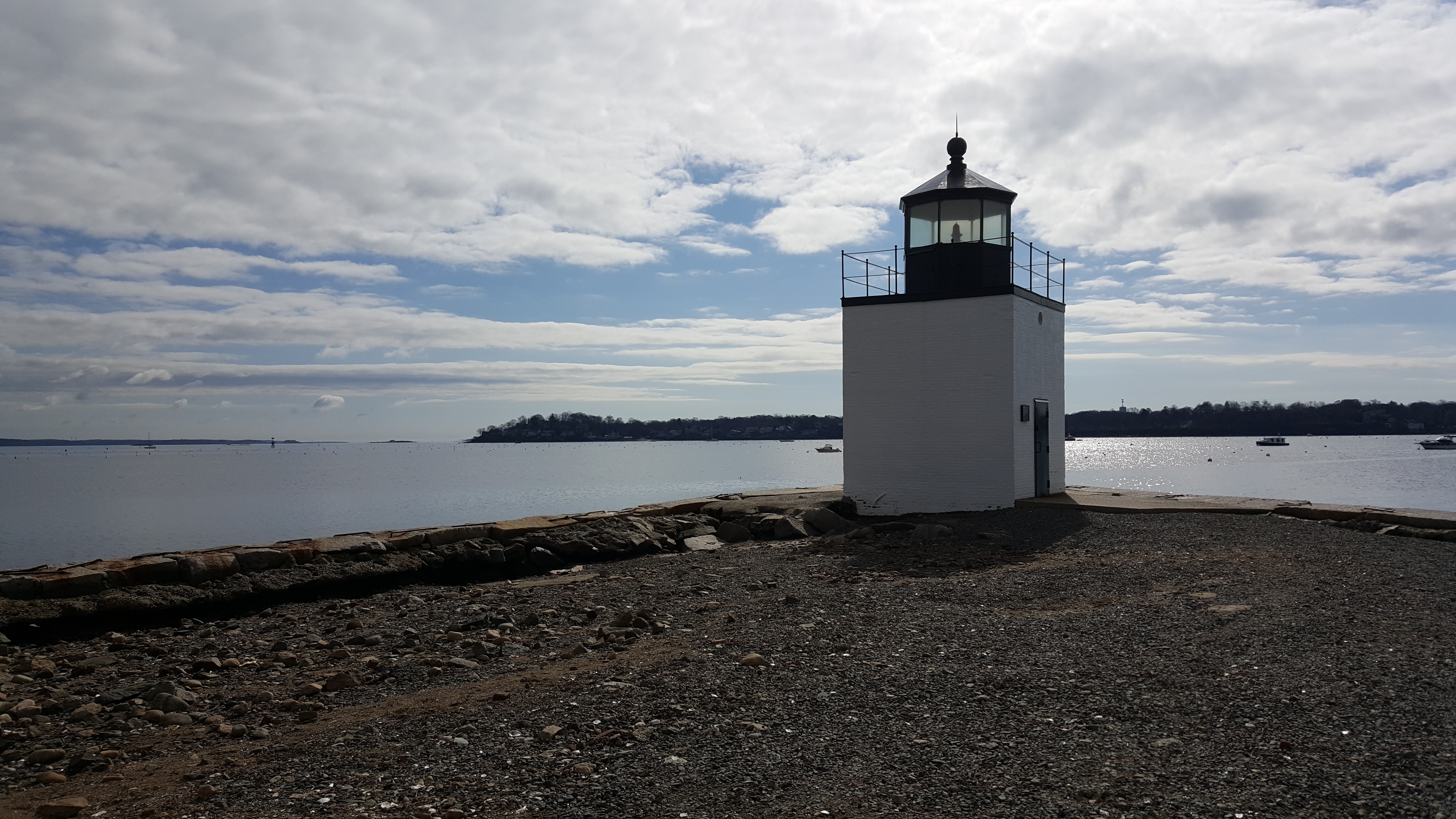
Derby WharfRichard Derby and his son Elias Hasket Derby began construction of Derby Wharf in 1762. Over the years, as the Derby family’s trade expanded, they extended the wharf. In 1806, it reached its current length extending 2,045 feet into the Salem Harbor. 
Derby Wharf BeachThe contrast of the built cultural environment on the shore and the Salem Harbor and the Atlantic Ocean is a defining feature of Salem Maritime National Historic Site. 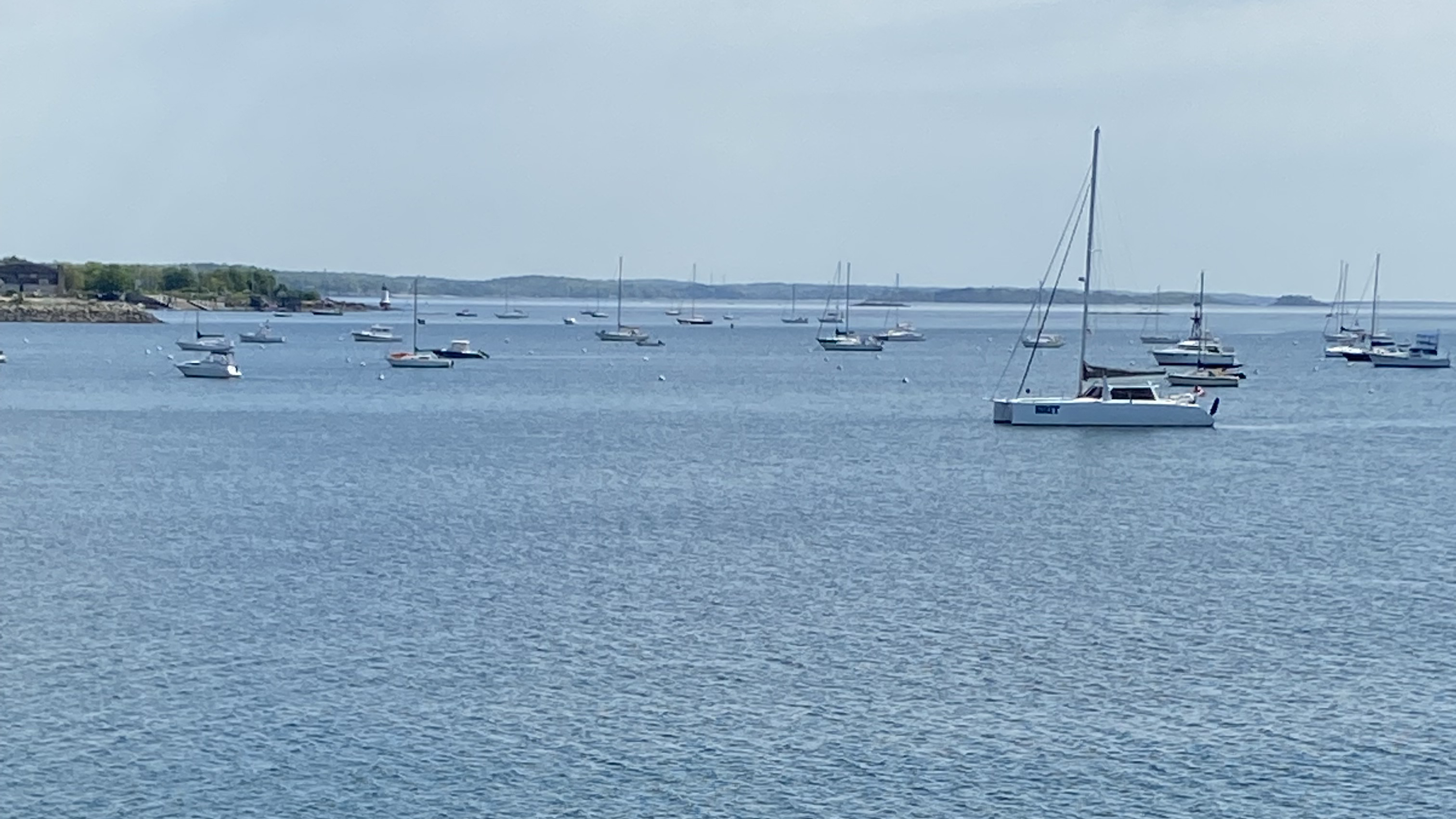
Essex National Heritage AreaThe Essex National Heritage Area begins just 10 miles north of Boston and covers 500 square miles of eastern Massachusetts to the New Hampshire border. The area includes hundreds of historical sites, miles of intact landscapes, glistening coastal regions and lifetimes of rich experiences that chronicle the history of the region and of the United States. 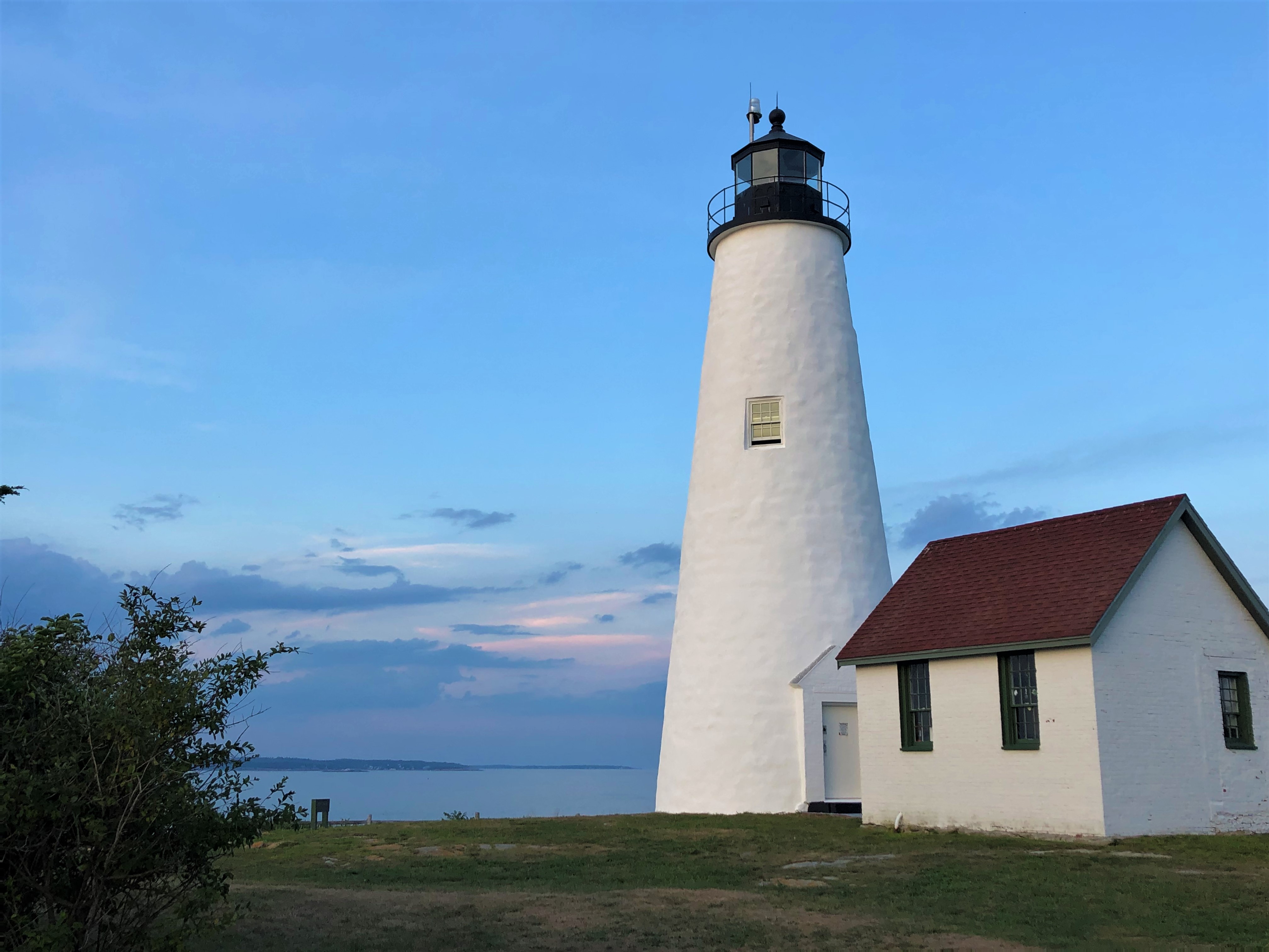
FRIENDSHIP OF SALEMThe replica tall ship, FRIENDSHIP OF SALEM, is docked at Derby Wharf and was designed to present the appearance an original 1797 Salem-built vessel. FRIENDSHIP OF SALEM represents New England’s influential role in the development of global and domestic maritime trade and in the economic and political development of the United States. 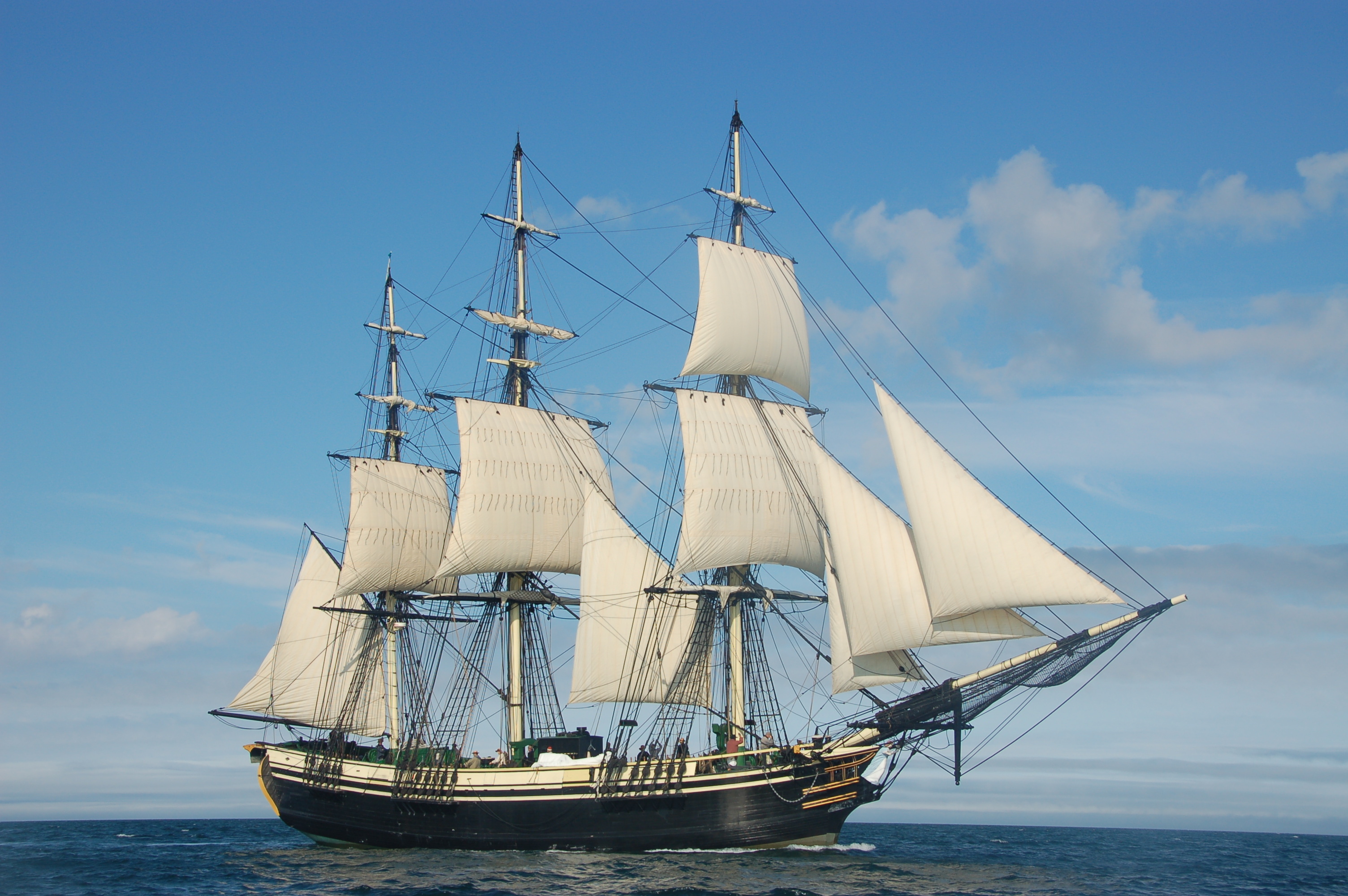
Hawkes HouseDesigned by Samuel McIntire (1751-1811), one of the earliest and most influential architects in the United States, the Hawkes House had been commissioned but never lived in by Elias Hasket and Elizabeth Derby. 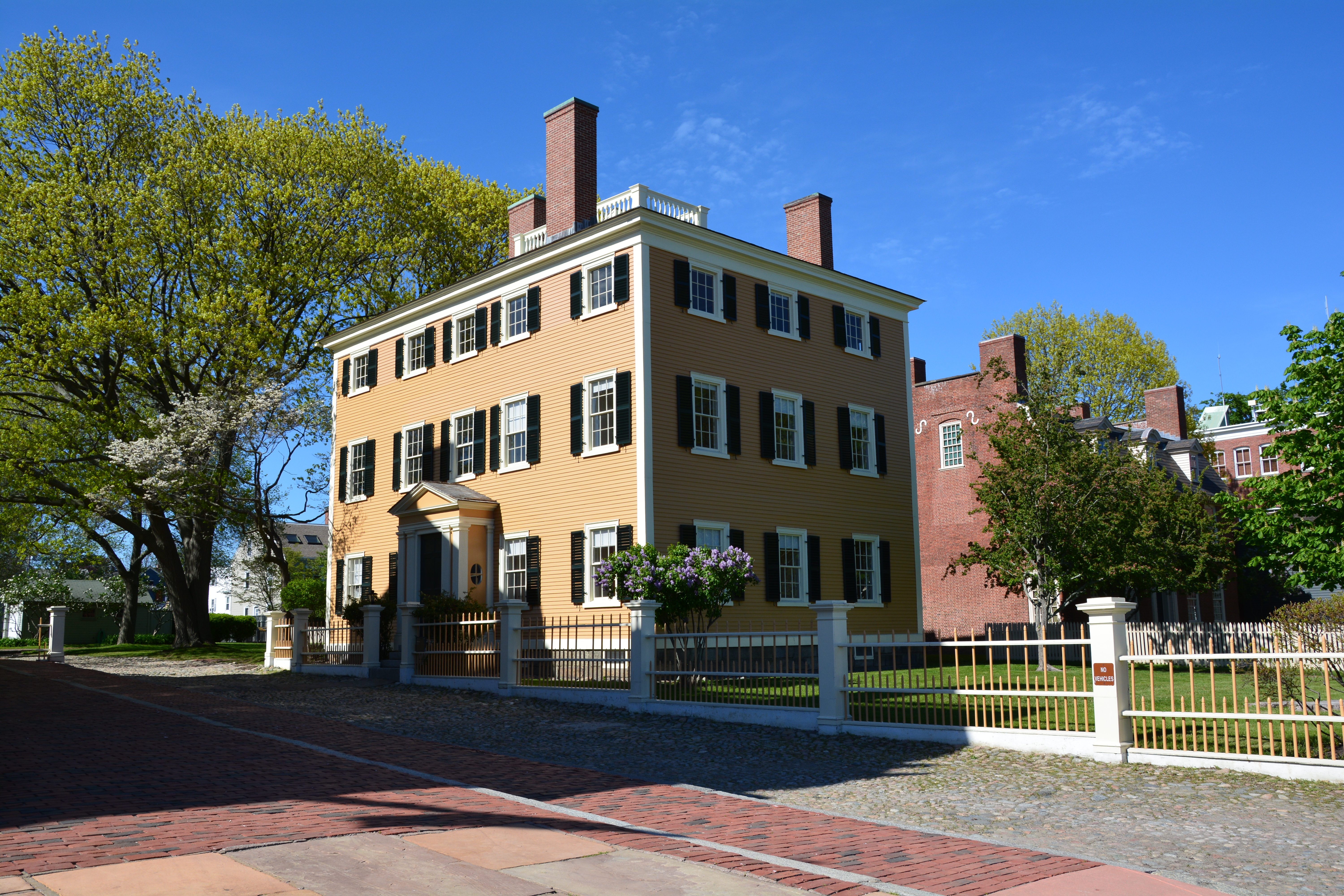
Narbonne HouseThe Narbonne House was built in 1675 for butcher Thomas Ives. It is named after Sarah Narbonne, whose grandfather Jonathan Andrews purchased the house in 1780. Sarah was born in the Narbonne house, and lived there for her entire life, which stretched nearly the length of the 19th century. 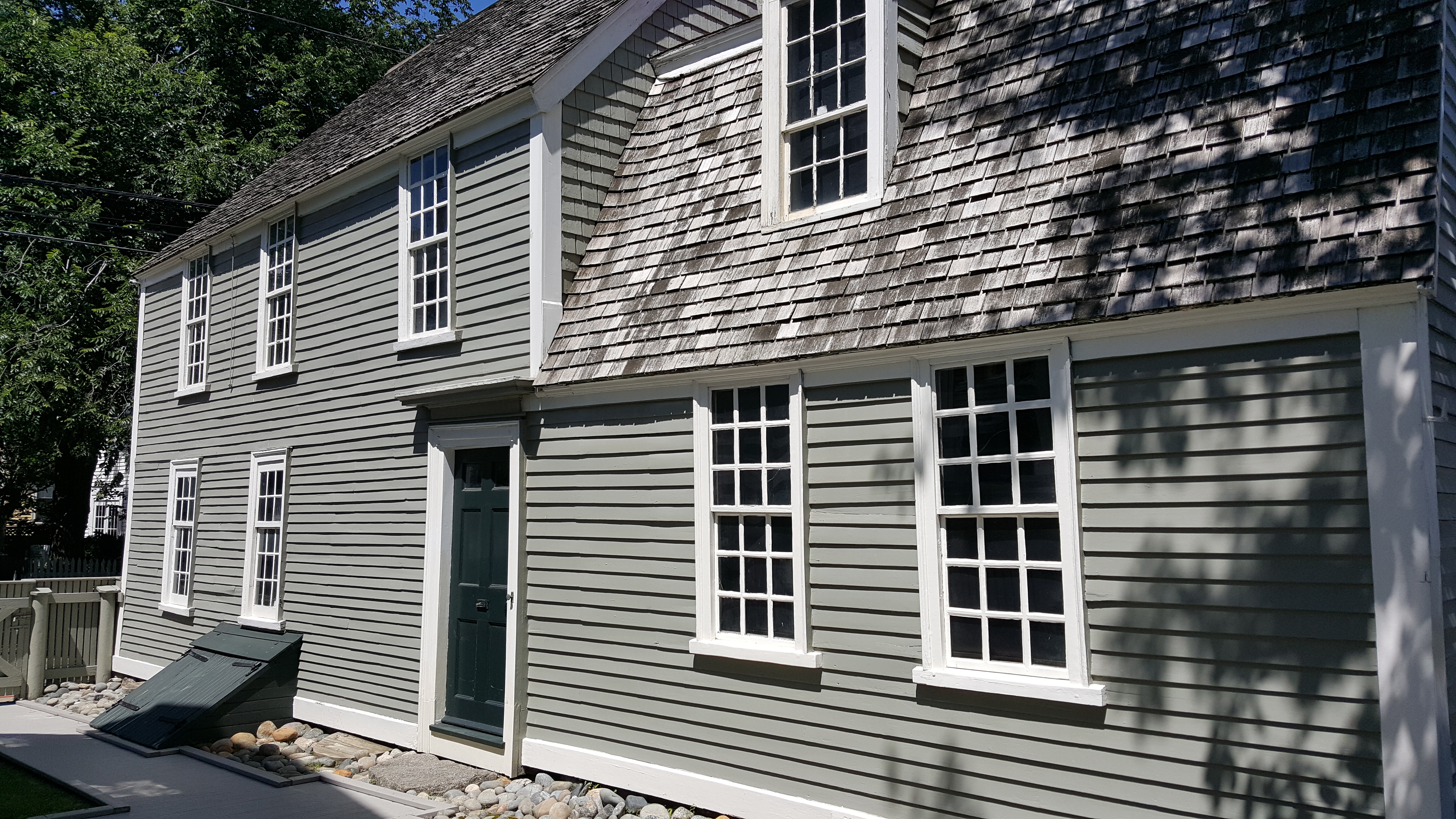
Pedrick Store HousePedrick Store House was built in Marblehead, just across the harbor from Salem, in 1770 by Thomas Pedrick, a successful member of the merchant community in pre-Revolutionary War Marblehead. A warehouse was an important part of a merchant’s property, as it was where goods and equipment for the vessels were stored, repair work could be done for vessels, and the merchant often had his “counting house” or business office. 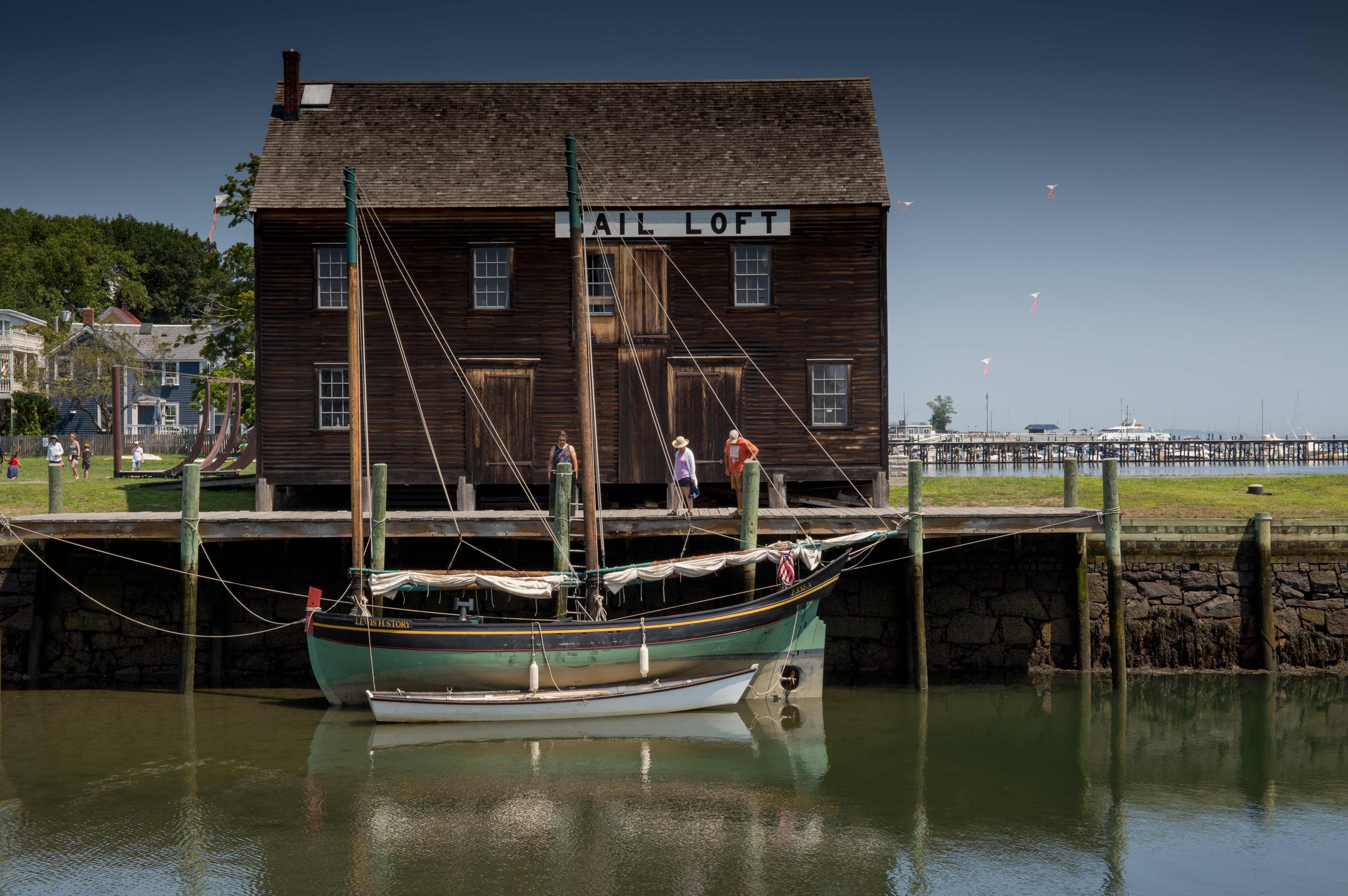
Public StoresBuilt in 1819 at the same time as the Custom House, the adjoining three-story Public Stores functioned as a bonded warehouse. It was used by the U.S. Customs Service to hold cargo for merchants until they were able to pay the duties on their goods. 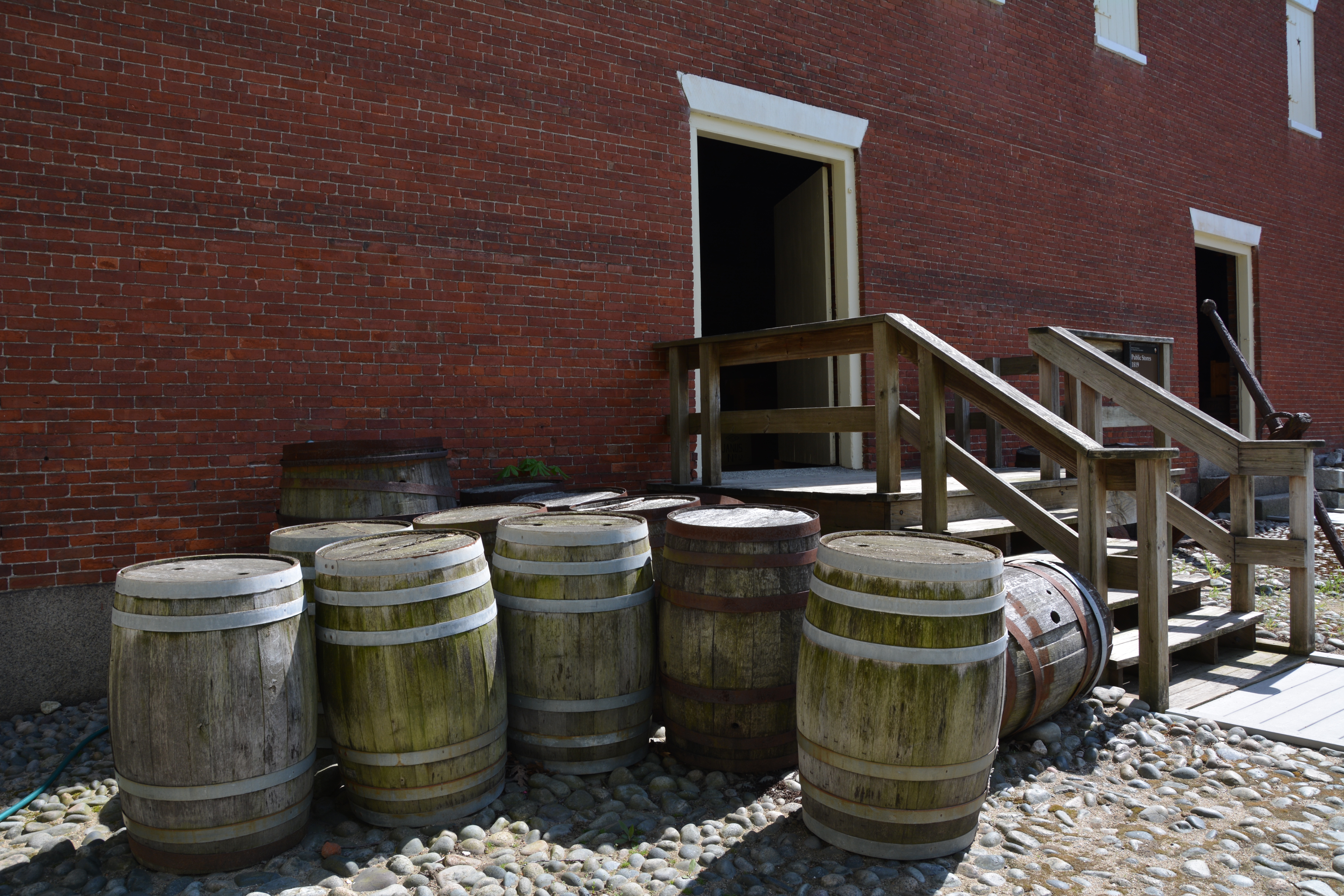
St. Joseph HallBuilt by the St. Joseph Society, the Hall helped create an ethnic and community identity for Polish immigrants. The society offered housing and life insurance, sponsored sports, and hosted weddings and social events. Today, immigrants continue to contribute to Salem's physical, social, and cultural landscape. 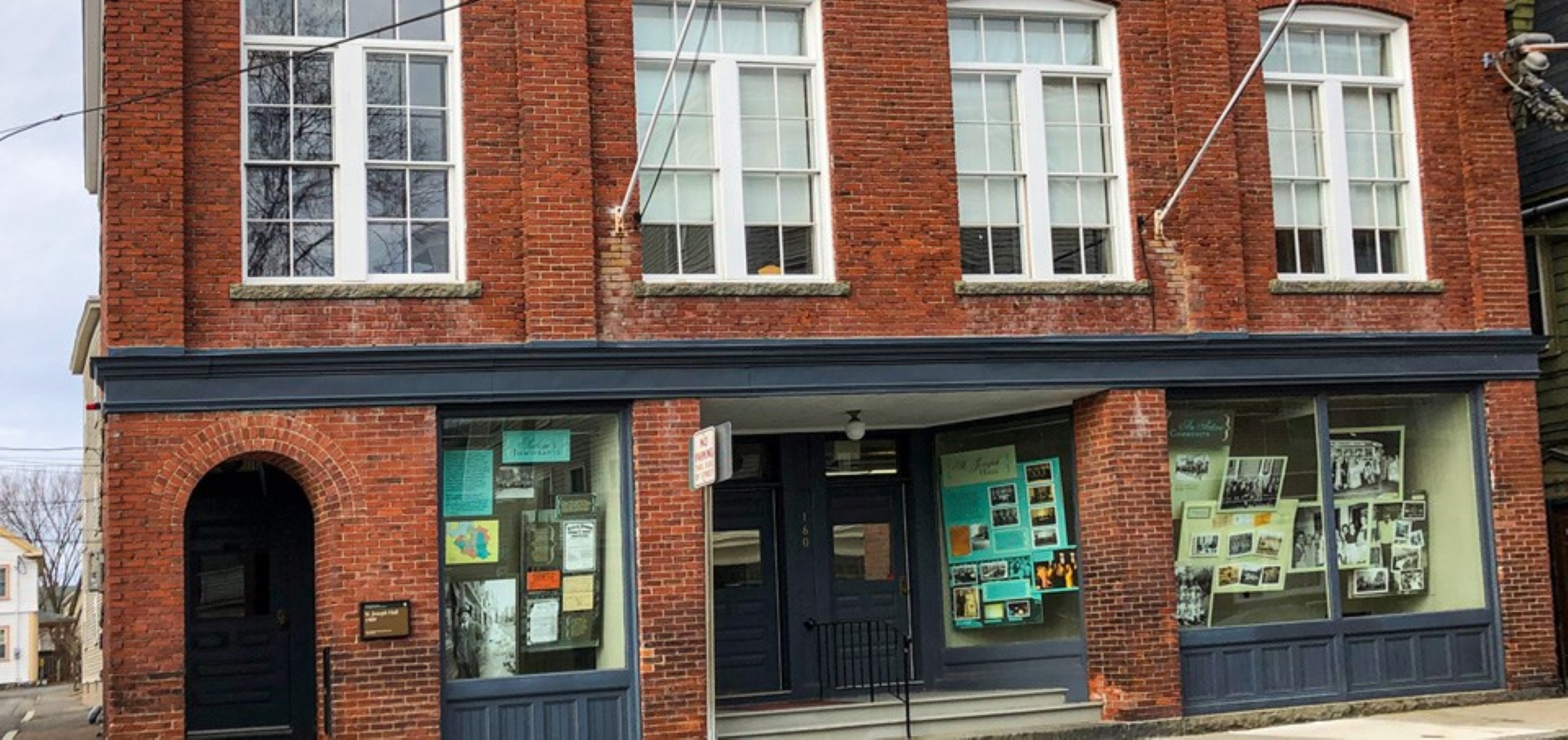
The Scale HouseLocated behind the Custom House, the Scale House was built in 1829. It was used as equipment storage space for the U.S. Customs Service. The scales were never used inside the building, but were carted and moved to the wharf and assembled alongside a vessel that had just returned. 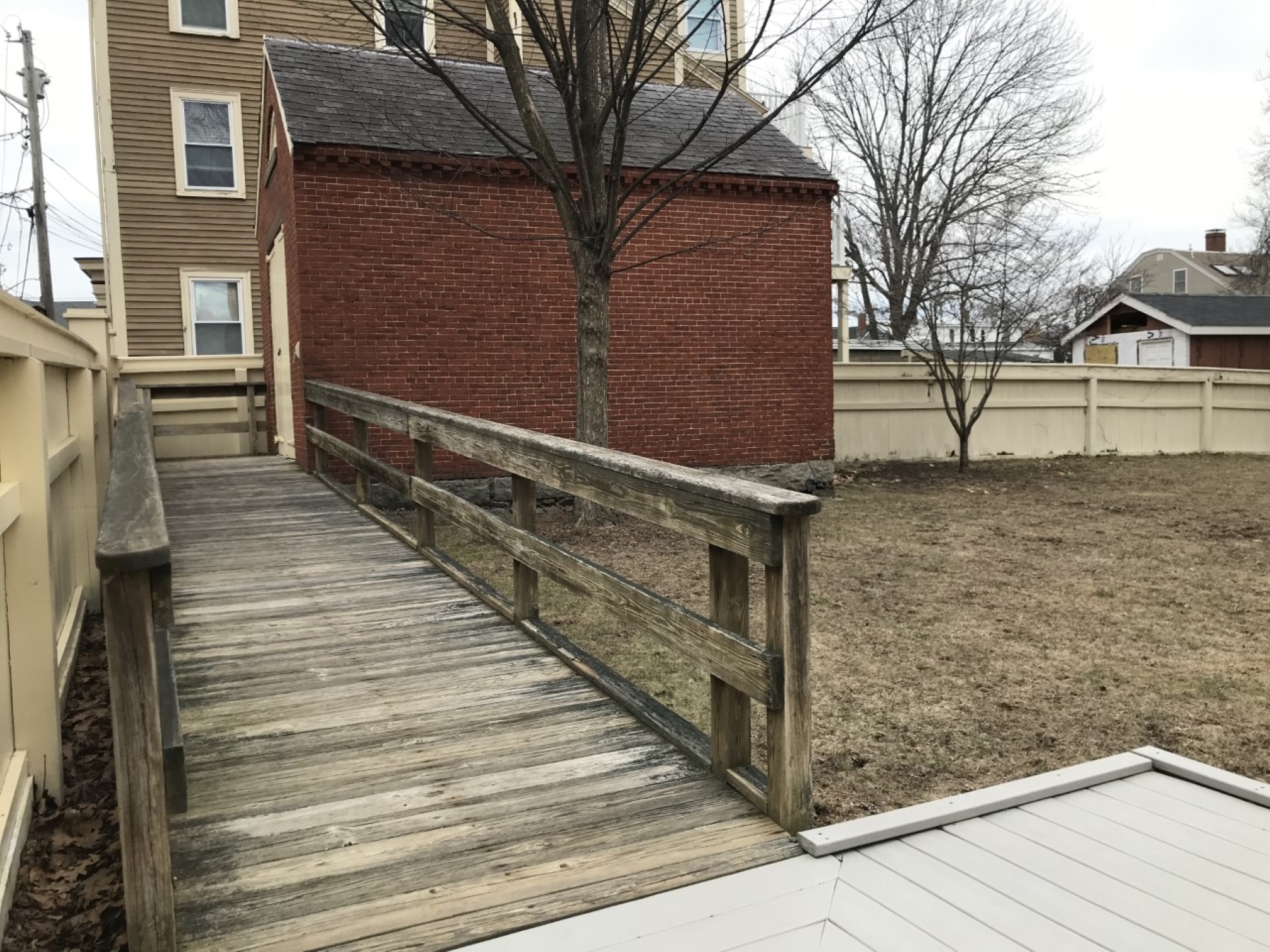
West India Goods StoreThe term “West India Goods Store” was used in Salem as a generic term for a retail shop selling goods from all over the world. Captain Henry Prince bought the Derby House in 1796 and built this structure in the early 1800s, listed in records as a "store." 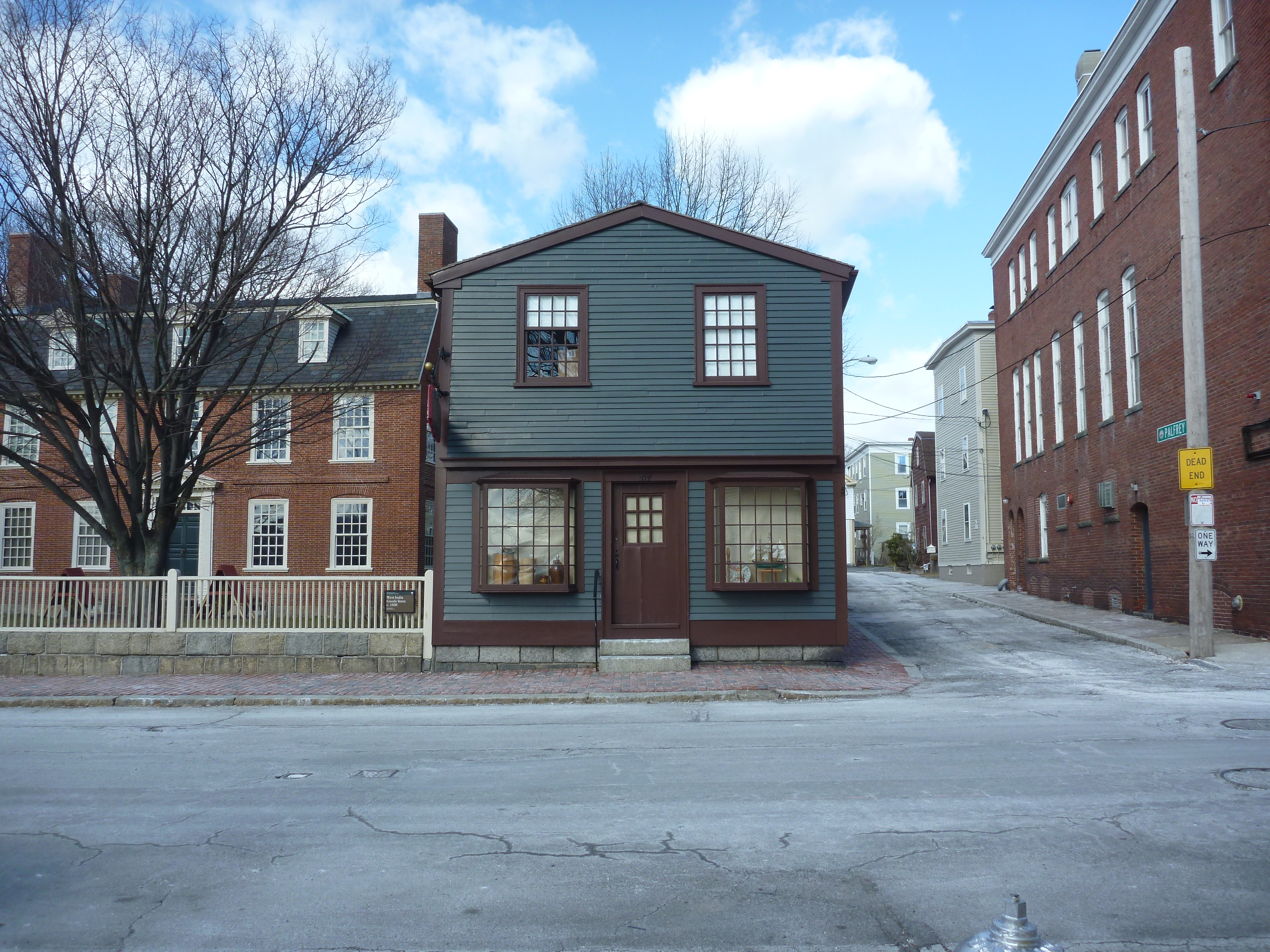
|
| Visitor Centers | Count: 2
Salem Armory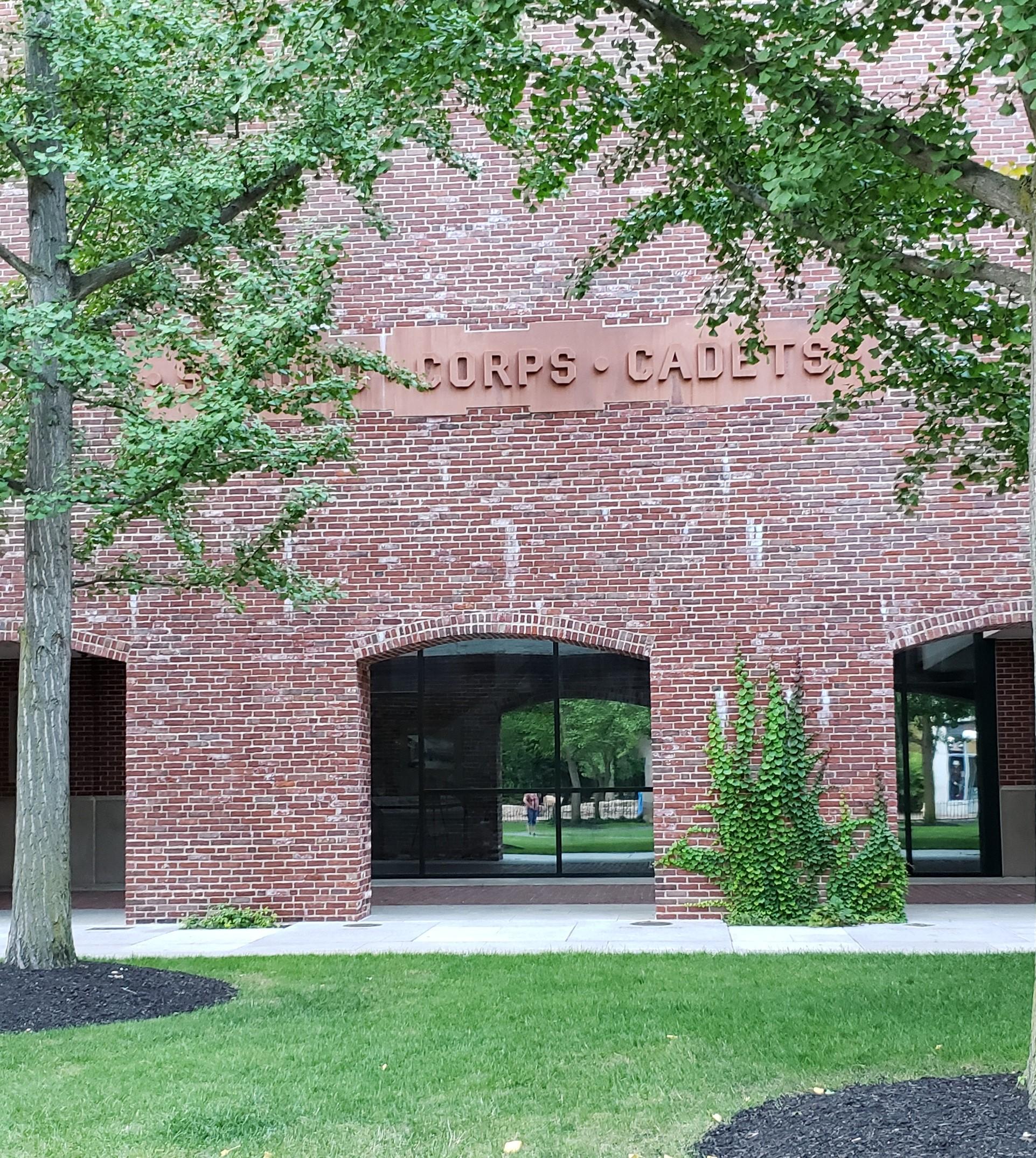
Waite & Peirce
|
| Things to do | Count: 6


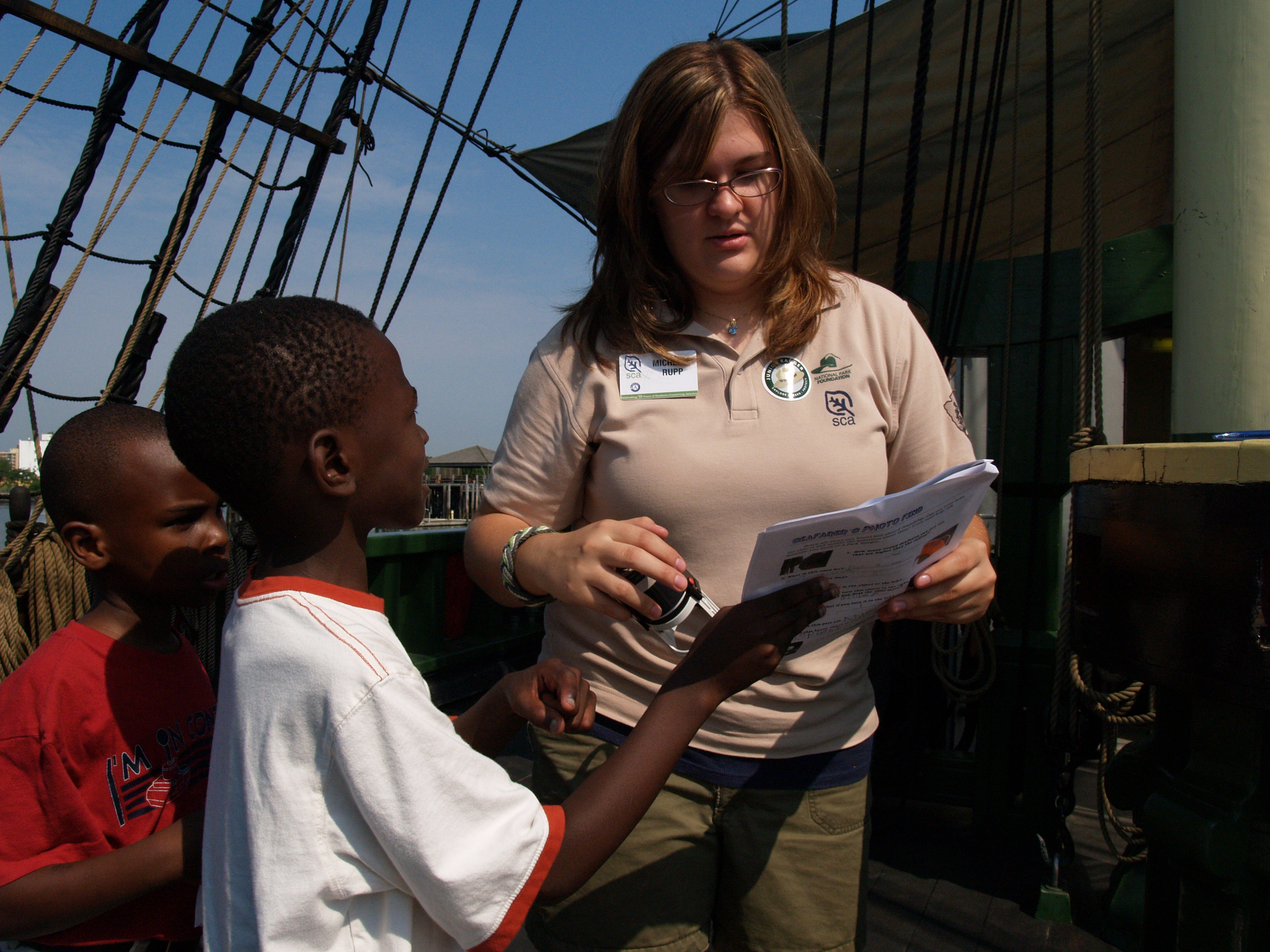
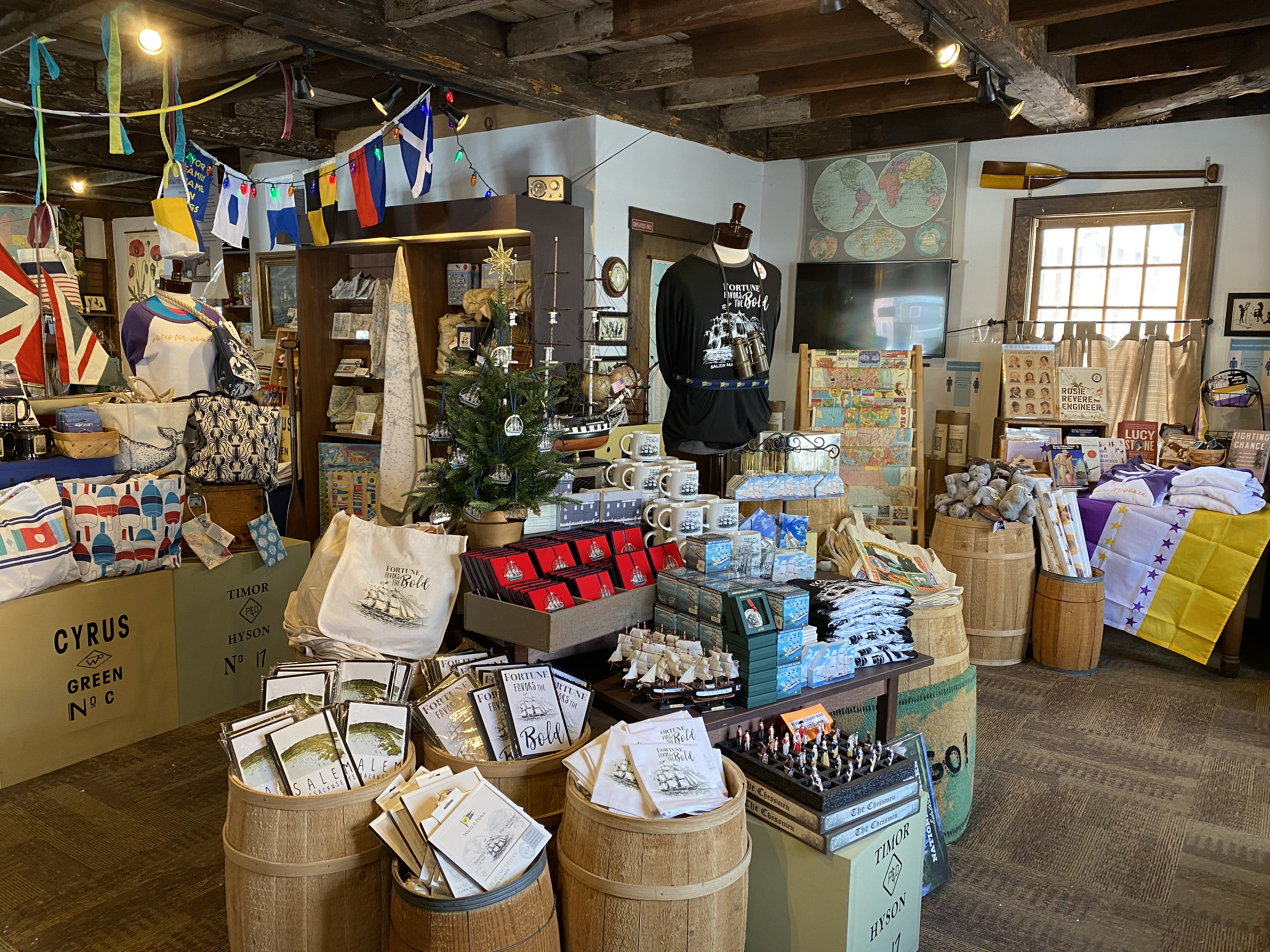

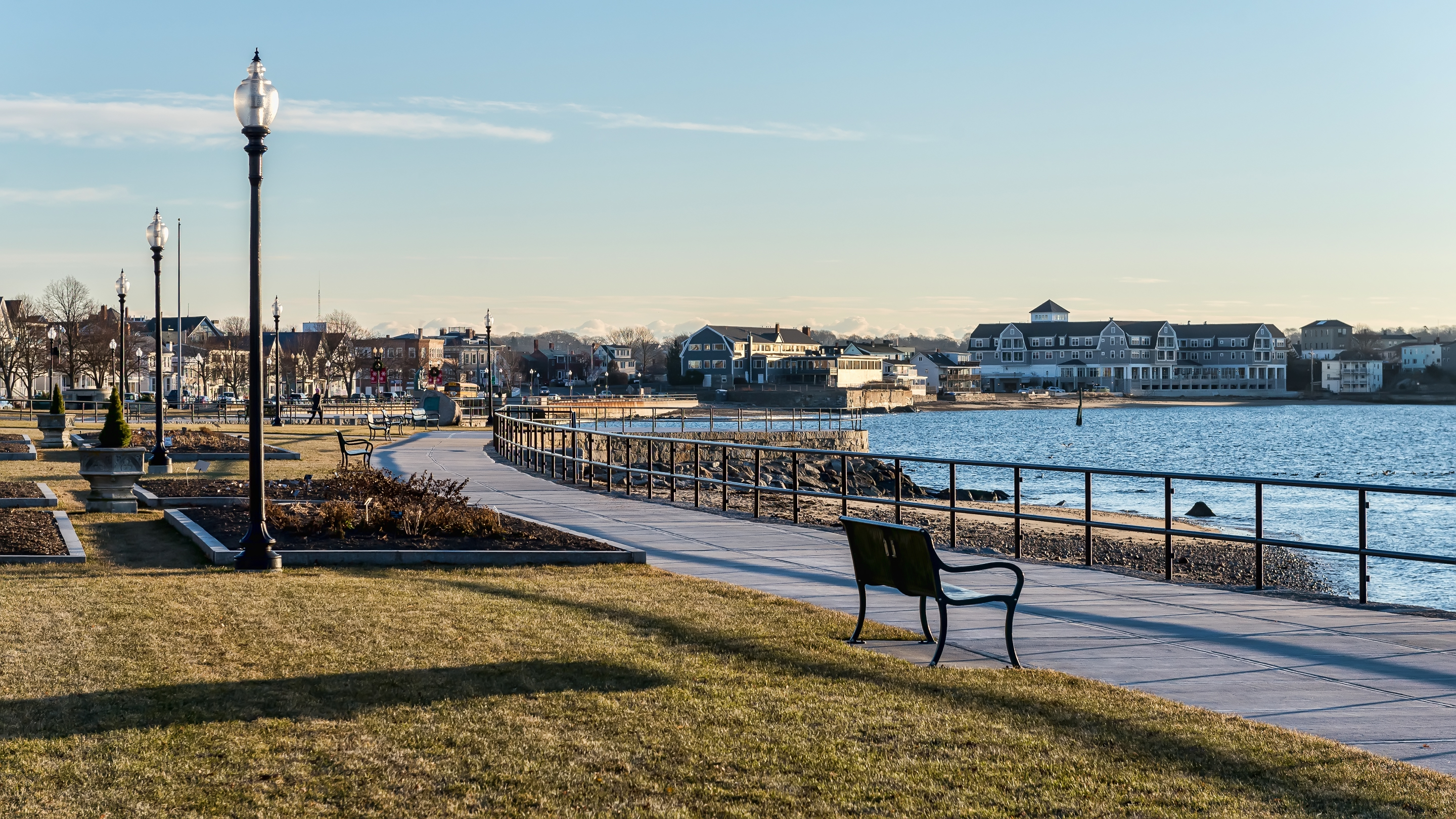
|
| Tours |
Count: 2
Places of Salem MaritimeFollowing the American Revolution, Salem was one of the most prosperous communities of the early republic. Daring and skilled maritime merchants traveled the globe, controlling valuable trade markets with the West Indies, Europe, Asia, and Indonesia. In 1938, Salem Maritime became the first ever National Historic Site incorporated into the National Park Service. On this walking tour, we’ll visit historic buildings and structures that span over 300 years of history. The Business of SlaveryThe history of this coastal region includes stories of hard work, noble ideals and freedom. These narratives become less romantic and more difficult to understand when we include the story of slavery. On this walking tour, we’ll explore how enslaved labor in the West Indies fueled colonial New England’s economy and examine the story of a well-known Salem merchant, Richard Derby, to consider the opportunities slavery afforded white colonists. |
| Articles |
|